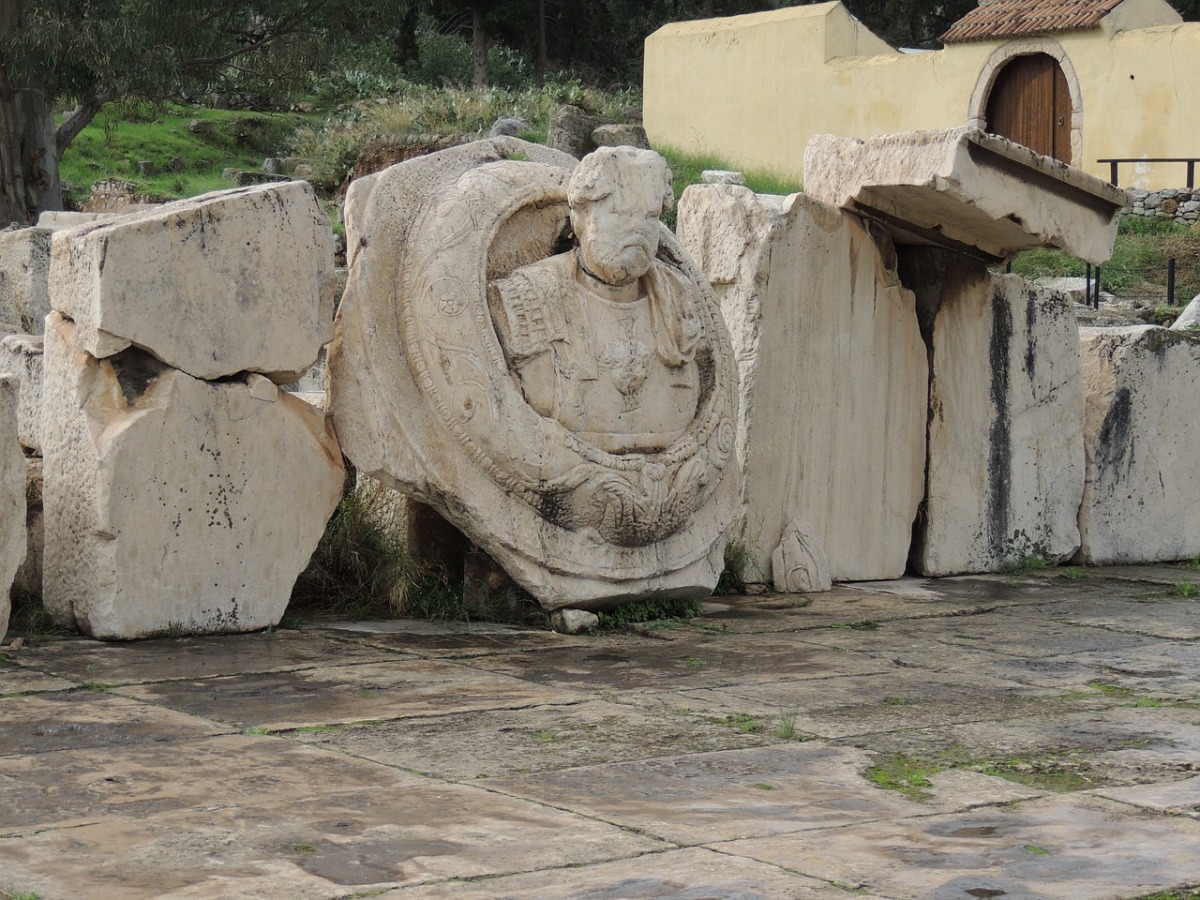ORIGIN Greco-Roman, perhaps preceded by Etruscan. God of fire and smithies.
KNOWN PERIOD OF WORSHIP circa 1500 BC until Christianization (circa AD 400).
SYNONYMS Hephaestus (Roman).
CENTER(S) OF CULT sanctuaries on Lemnos and, from circa 450 BC, in Athens opposite the Acropolis on the hill above the Agora. Also a significant shrine at Ephesus.






